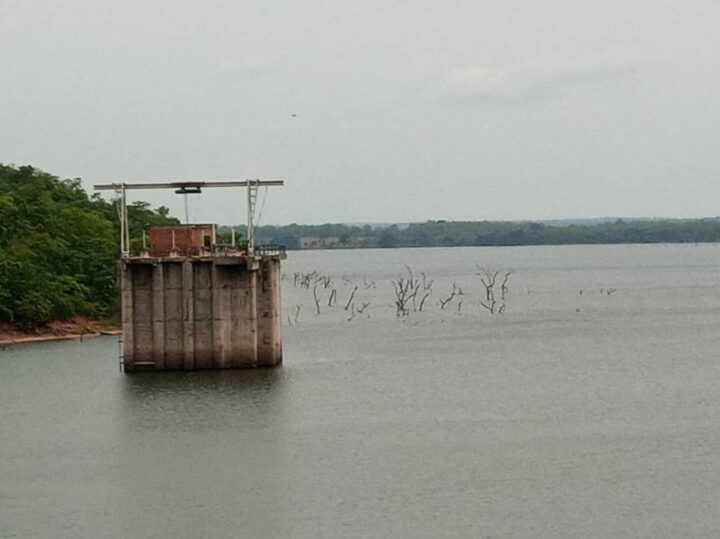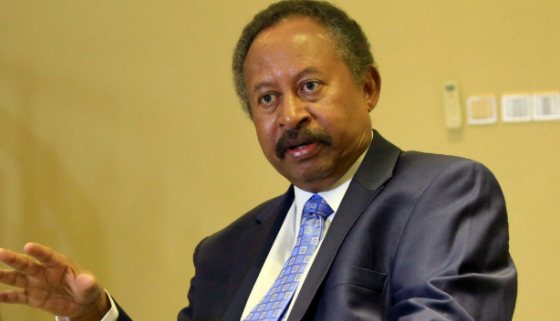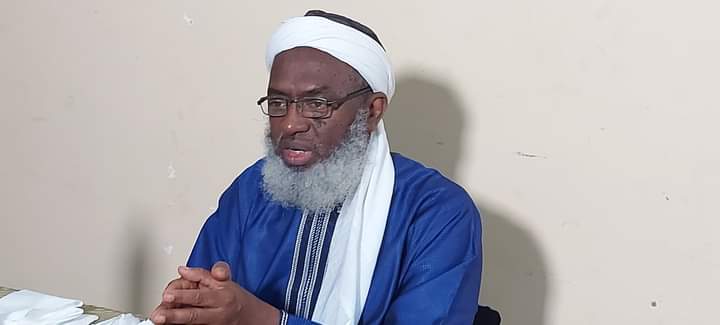The stretch of road linking Iseyin town with Ikere community in Oke-Ogun area of Oyo state is a beehive of activities; there are fish traders who ply the route multiple times weekly, farmers whose farmlands are located along the road, villagers whose huts are scattered around the area, and people who visit the Ikere Gorge Dam for various reasons.
All these activities make the agrarian community a busy zone in spite of the state of the road. The commercial vehicles plying the route appear to be specially built for the road’s deplorable condition. They are rickety and overloaded, yet strong enough to manoeuvre the rough terrain.
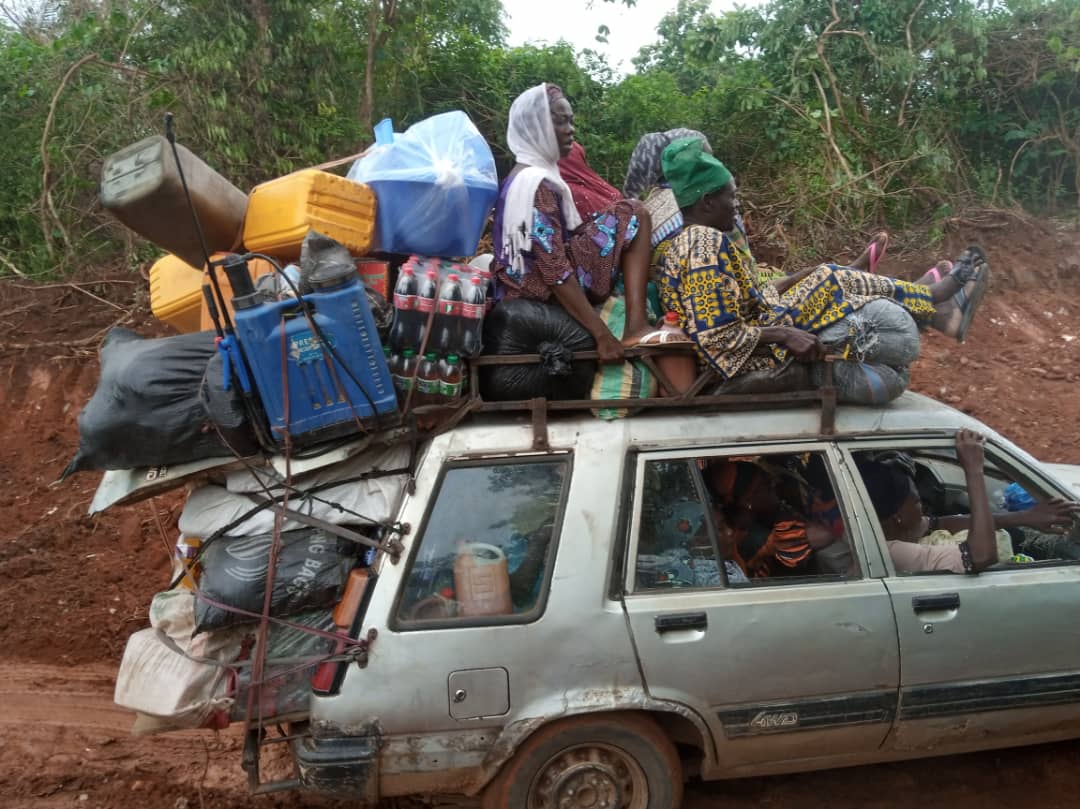
On the first visit to the dam, there was light rain at dawn, making the journey a torturous one. Twice, the motorcycle chartered for the journey swerved violently, leaving the reporter, a local guard, and the rider sprawling on the mud-spattered surface.
During the second visit, a caterpillar was seen dredging drainage on both sides of the road to provide temporary rehabilitation to the vastly eroded surface. Vigilante officials and police officers had mounted checkpoints through which they obtained money from motorists and commercial motorcyclists.
Advertisement
After travelling for about one hour into the dense Ikere forest, the rusty gates shielding the dam slowly appeared. It was manned by three security personnel who demanded the reporter’s mission. Although there are other unmanned gates leading to the vast site, they were all locked during TheCable’s visits.
The genesis of Ikere Dam
Ikere Gorge Dam was initiated by Olusegun Obasanjo when he was the military head of state between 1976 and 1979, but construction did not start until 1982 during the civilian administration of Shehu Shagari. The project was expected to gulp $10 million at the time.
Four rivers feed the dam with a huge volume of water, with Ogun River alone contributing as much as 85 percent. The dam covers about 47 kilometre square surface and is capable of generating about 37.55MW of electricity.
Advertisement

The dam has a reservoir capacity of about 690 million cubic metres, and if completed and put to maximum use, it has the potential to irrigate about 12,000 hectares of land during the dry season. Considering the fact that Oke-Ogun is predominantly an agrarian community, this would enhance agriculture in the area and by extension, improve food security in Oyo state and the south-west region.
The civil work contract for the project was signed in November 1980 for a sum of N35.8 million. It was executed by Roads Nigeria Limited while the mechanical and electrical works were handled by Messers Noell (W.A) Limited.
TheCable found that most of the construction companies that worked on various aspects of the project are either no longer in business or have ventured into other businesses.
Advertisement
After Shagari’s government was toppled by the military coup led by the late Tunde Idiagbon and Muhammadu Buhari in 1983, major work stopped at the dam. For decades, it was abandoned by successive governments, even when Obasanjo returned as civilian president between 1999 and 2007.
Residents of Iseyin and Ikere said when the project began, it drew agriculture investors to the area, with hundreds of hectares of land purchased from villagers by the investors who had hoped to take advantage of the expected irrigation system — but their hopes were dashed.
The ruins lying unattended
Although installations of the penstock — which transports water from the hydroelectric reservoir to the turbines in the power station — and raw water conduit pipe had been completed, some mechanical and electrical installations are still pending. TheCable observed that many of the electrical poles erected are damaged while the cables have fallen off.
TheCable understands that the dam turbines for electricity generation, which were imported by the Shagari government through the Ogun-Osun River Basin Development Authority (ORBDA), were not installed and have since become obsolete.
Advertisement

Although ORBDA said 90 percent of the civil works had been undertaken, a workshop that was earlier completed is now dilapidated, with the equipment installed falling apart. The roof of the workshop is riddled with holes due to lack of maintenance while weeds have covered a substantial part of the area where the workshop is located.
The concrete floor of the workshop has been converted to a drying surface for cassava flakes by people who have settled on the property illegally, and built shacks within the dam site, and converted parts of the landmass to farmland.
Advertisement
A staff at the facility, who pleaded anonymity because he was not authorised to speak for ORBDA, told TheCable that the power house and penstock control rooms are functioning, although the equipment is ageing.
The ORBDA Basic School, located opposite the workshop, is also dilapidating, with leaking roofs, broken glass windows, and unhinged doors. A portion of the bridge constructed on the road leading to the dam has been washed away, leaving a tiny portion for vehicles to pass through.
Advertisement
Stop-start progress and dashed hope
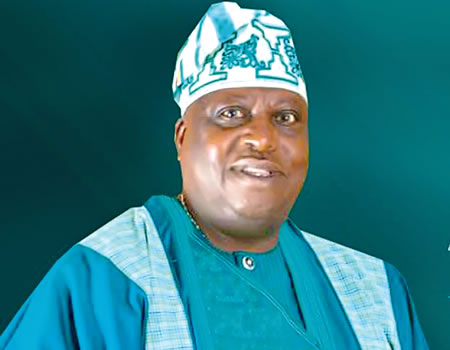
Between 2010 and 2011, Gbenga Babalola, a former senator representing Oyo North, said he initiated a move that would have secured a loan of $100 million from South Korea but the efforts did not come to fruition before he left the senate.
The former lawmaker said the loan was arranged to have 20 years moratorium, adding that he contacted the Korean government through the ministry of finance.
Advertisement
“What I did was to approach the ministry of finance and asked them to write a formal letter to the Korean government. I went to the Korean embassy in Nigeria and they said they needed a letter from the federal government,” he said.
“When we approached the Korean government, they said they would give Nigeria a loan facility of $100 million which is almost like a gift because it is going to have 20 years moratorium. What that means is that for the next 20 years, we would not pay any money on the loan.
“As a senator then, I tried my best to make sure it worked. But the problem is that the dam project is under an agency, Ogun-Osun River Basin Development Authority, whose headquarters is situated in Abeokuta, Ogun state.
“Another problem is that within four years that I was in the house, they dribbled you around, and then, time was up. At a point, we got the Korean promise and I was elated, but civil servants that were to run after it were not interested because there was no kickback in it.
“I did not return to the house for another term so there was no one to run after it. That place would have been a major source of income if it had been completed but it is unfortunate that since 1979 till date, we are still on the issue.
“We spent $10 million World Bank loan to build the dam then, but now, $100 million cannot complete it.”
Foreign fishermen take over the dam

With the dam in a state of comatose, foreign fishermen have put it to good use. A worker who pleaded anonymity told TheCable that the fishermen have made the place their abode.
“The fishermen travel far to make good catch. If you want to buy good fish, you have to come early on market day. The fishermen are foreigners who have built shanties around the dam,” he said.
“Apart from those who came from Badagry in Lagos and the north, some also came from Senegal, Benin Republic, Togo, Niger and Chad.”
When TheCable visited the section of the dam where the fishermen reside, some of them claimed they got permission to live and fish in the water after paying for a “permit”. When asked for the permit or evidence of payment, they said none was issued by the collectors whom they described as “government people”.
One of the fishermen who identified himself as Abu said various species of fish, as well as crocodiles and turtles, are killed in the river.
He said: “If you don’t pay permit to work on the water, you cannot fish. There is a particular time when government people will come and collect the money. They said they come from Ogun-Osun River Basin Authority. I pay between N2000 and N2500 for the permit per year.”
Another fisherman, who did not give his name, said they have been instructed not to talk to outsiders unless permitted by the manager of the site.
“I hope you have spoken to the project manager here before coming to talk to us. Talking may earn us penalty if the project manager does not authorise it,” the fisherman said.
“We pay for the right to fish on the water. But we are not the only ones fishing on the river. People come from other parts of the country to fish here especially when during the high harvest season and they do it without paying.”
Potential benefit to rice farming

Abdul-Ganiyy Salaudeen Oloogunebi, the Aseyin of Iseyin, expressed disappointment over what he described as “government bias against completion of the dam”.
“Because the dam is located on our land, the town took steps to make sure that the dam is completed. We approached the federal government and its agencies that are connected with the project and we were promised that the project would be completed soon. There is no way you will discuss Iseyin without mentioning the Ikere dam,” he said.
The monarch said if the irrigation system was perfected using water from the dam, the volume of rice that would be produced could address half of Nigeria’s demand.
He also bemoaned the loss of employment opportunities that could have been generated if the dam had been completed.
“The geographical location is good and the climate is favourable. Consider also the employment opportunities that will spring up if the dam functions at full capacity,” he said.
“When it was under construction, many people were employed by the contractors, many chalets were built for workers to live. If you go there now, you will see that nothing is going on there. Illegal fishing activities are going on there as we speak.”
Speaking in the same vein, Olatunji Bandele, the national publicity secretary of Agbekoya Farmers Association, lamented that the federal government’s agriculture development policies are mainly in the northern part of the country.
“Agriculture should be developed throughout Nigeria and not just in one area. The ministry of agriculture is concentrating on one area,” he said.
“The Ikere land is good for rice but we have to determine the variety of rice that can grow there. The major problem is that government has politicised agriculture. The northern governors create market for rice farmers and support the farmers. In the south, we have failed.”
‘Government neglect unacceptable’
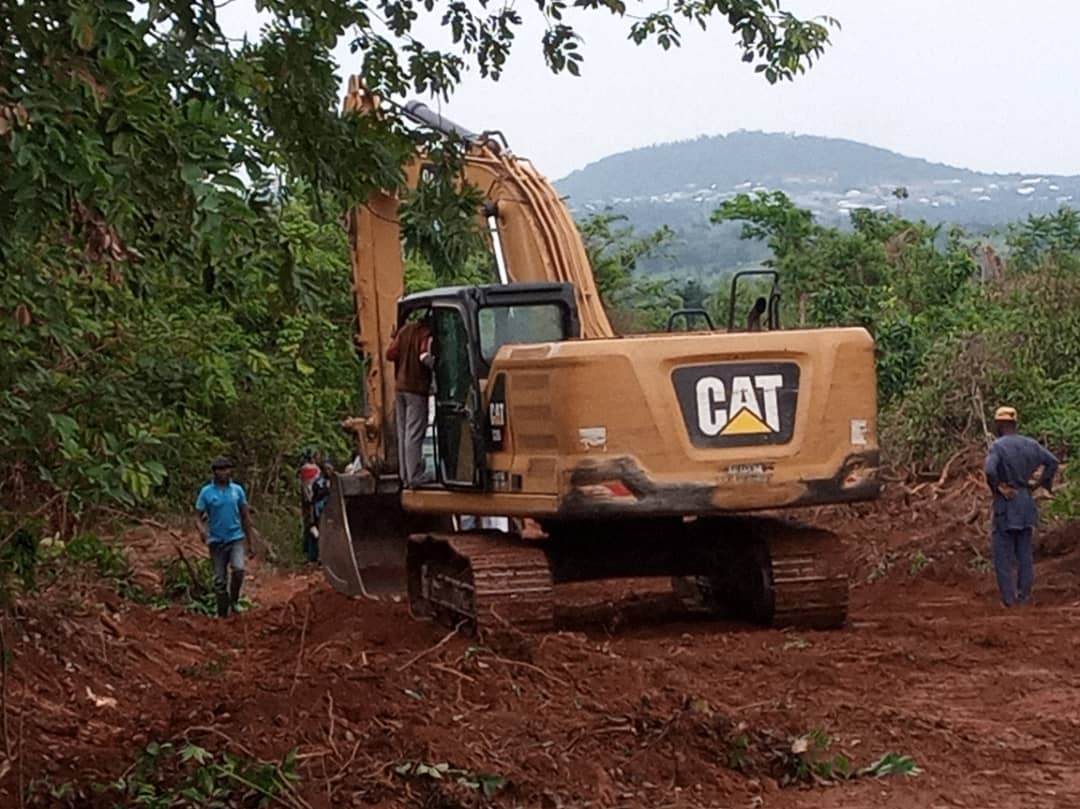
Bayo Raji, national president of Iseyin Development Union, said it is “unacceptable” for the government to begin construction of dams in various parts of the country only to finish some and abandon others.
Speaking of the potential benefits of the dam, he said: “It was designed to generate electricity, help agriculture through irrigation and also fish farming. The water volume in the dam is so much that it can supply up to Iju dam in Lagos, distributed to Kajola, Saki and other adjoining towns and villages.
“But since it was completed to the stage it is now, nothing has happened there again. We have made several appeals to both the state and federal governments, but we have not got their listening ears. We are so passionate about the project because it is a venture that can boost electricity supply in Nigeria and not only in Oyo state.
“Because of the poor state of the road, going to Ikere from Iseyin takes about two hours. The project should be activated so that it can boost the economy of the state. No area should be neglected.
“We are aware of the existence of fishermen at the place and we are equally aware that many of them are foreigners. They did not get any permission from us as the host community and we don’t know how they got there and settled down there.”
ORBDA confirms TheCable’s findings

When contacted, Yemi Adekunle, project manager of the dam, told TheCable that he could not entertain any question, directing the reporter to the headquarters of ORBDA.
At the ORBDA headquarters in Abeokuta, Ogun state, Olufemi Odumosu, managing director/chief executive officer of the agency, directed Adeniyi Saliu, the public relations officer of the agency, to speak on his behalf.
Saliu acknowledged that fishermen were operating at the dam site but, however, maintained that the money collected from them is legal. When asked if the fishermen had permits to erect structures at the dam, Odumosu said the agency did not authorise anyone to live there.
“Yes, the fishermen pay annual fishing permit to ensure that the authority has the fishermen statistical data, also for security reasons. On shanties built on the site, they are illegal structures, which the authority has always been demolishing, and will continue to demolish,” he said.
This claim contradicts TheCable’s findings which showed that those living at the site had been there for some time.

The ORBDA spokesman said the dam is “active” and in decent condition in spite of its inability to fulfill its electricity and irrigation potential.
He added: “The dam has always been active, because it has continued to perform its purpose, apart from the hydropower components that are yet to be completed.
“The beneficiaries of the project are Oyo State Water Corporation, Middle-Ogun Irrigation Project, Iseyin, Ikere gorge dam farmers, primary, secondary and tertiary institutions in the area of excursion, tour, educational study and research and fishermen.”
Odumosu said for the dam to work at full capacity, the federal ministry of water resources is exploring a public-private partnership arrangement, especially in the area of hydropower electricity generation.
“The authority is also having discussions with some private investors on development of the tourism potential of the dam in order to maximise the advantages of the PPP initiative of the federal government,” he said.
“The ministry recently handed over the redesign and connection to the national grid of the Middle-Ogun Irrigation Project to a consultant and contractor, in order to further improve on the integrated water development and management of the dam reservoir.”
TheCable pointed out that some of the equipment had become dilapidated and obsolete, to which he said they would be replaced. But when asked what it would cost to replace the equipment, Odumosu said he had no idea.
“Due to rapid technology advancement, intensive efforts are in top gear to redesign and replace some equipment and any associated parts which may not be able to perform optimally to deliver quality and efficient dam operation,” he said.
“No fixed amount can be projected with the present economic situation. However, please note that it is only the power component and the 28km access road to the project site that need to be fixed.”
Oyo: FG resisting our plan to take over
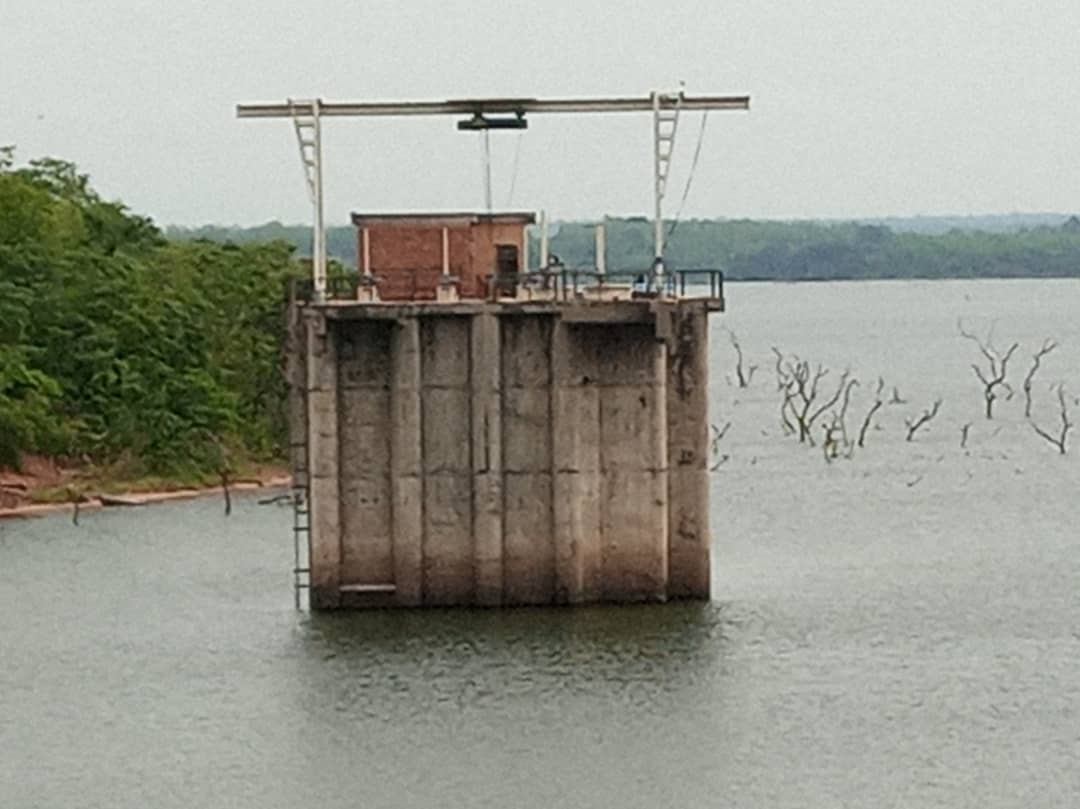
Wasiu Olatunbosun, the commissioner for information and culture in Oyo, said efforts made by the state to make the dam work have been frustrated by the federal government.
“We cannot spend state money on the dam without taking over first. All our efforts have not yielded any fruit,” he said.
“We have not got any approval from FG. In fact, we have not received any correspondence from its agencies and no confirmation is made that our correspondence to the government was received.”
Olatunbosun said if the approval to take over the dam is given, Oyo state would use either a public-private partnership arrangement or an alternative project funding approach to complete work on the dam.
This is a special investigative project by Cable Newspaper Journalism Foundation (CNJF) in partnership with TheCable, supported by the MacArthur Foundation. Published materials are not views of the MacArthur Foundation.
Add a comment
